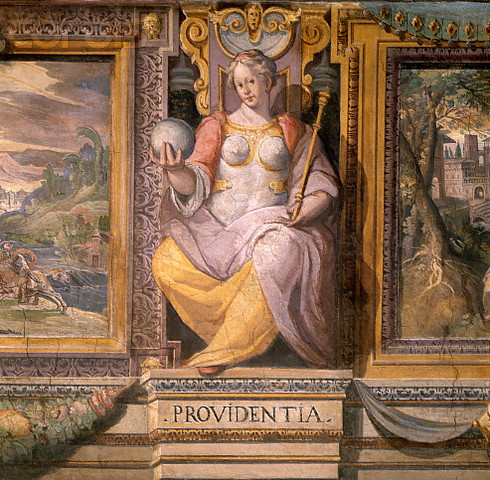LOL -- there are presumably tens of thousands, maybe hundreds of thousands, of Tarot exegetes, all of whom would dispute my reading. I know of no one who accepts it in detail., so that part goes without saying.robert wrote:Personally, I'm not convinced with your suggested interpretation for the sequence,
But Fortune in the context of Love, Virtues, Time, Death, etc. seems significantly different than Fortune triumphing over all the world, don't you think? These are two different ways to tell the story of Fortune's influence in the world, and different descriptive terms and artistic and literary cognates (like Boccaccio's Amorosa VIsione) come to mind for the latter.
Well, it depends what you mean by "standard", but in this case I didn't say anything about a standard. I was simply giving an example of the need to take the specifics of a card's context into account. In this case, the Fortune which is conflated with the World is a very different subject than the Fortune which comes in the middle of the deck, and you seemed to be ignoring that obvious and crucial fact, talking not about Imperatrix Mundi (which explains the card) but instead about Fortuna Inconstans (so to speak) which explains another card.robert wrote:(or that Tarot de Marseille sequence should be considered as standard, for that matter),
Context counts.
Each deck design, each change in iconography and sequence, must be taken in its own right. I've been strongly arguing that case for a decade, and I'm still waiting to hear a good reason to ignore the context.
Tarot cards routinely reflect conflated meanings, combining traditional Tarot subjects with some secondary subject and compromising the iconography in the process, so I'm not sure why this is odd.robert wrote:I think one of the most interesting things on this card is the animals at the top which pretty much match the Tarot of Paris. In fact, this is the only card in the deck that has those animals, while the rest of the cards don't have them (unlike the Paris, where it is standard). Isn't that odd? Why would this one card have the animals? what is the connection?
Great pictures, BTW.
Best regards,
Michael






